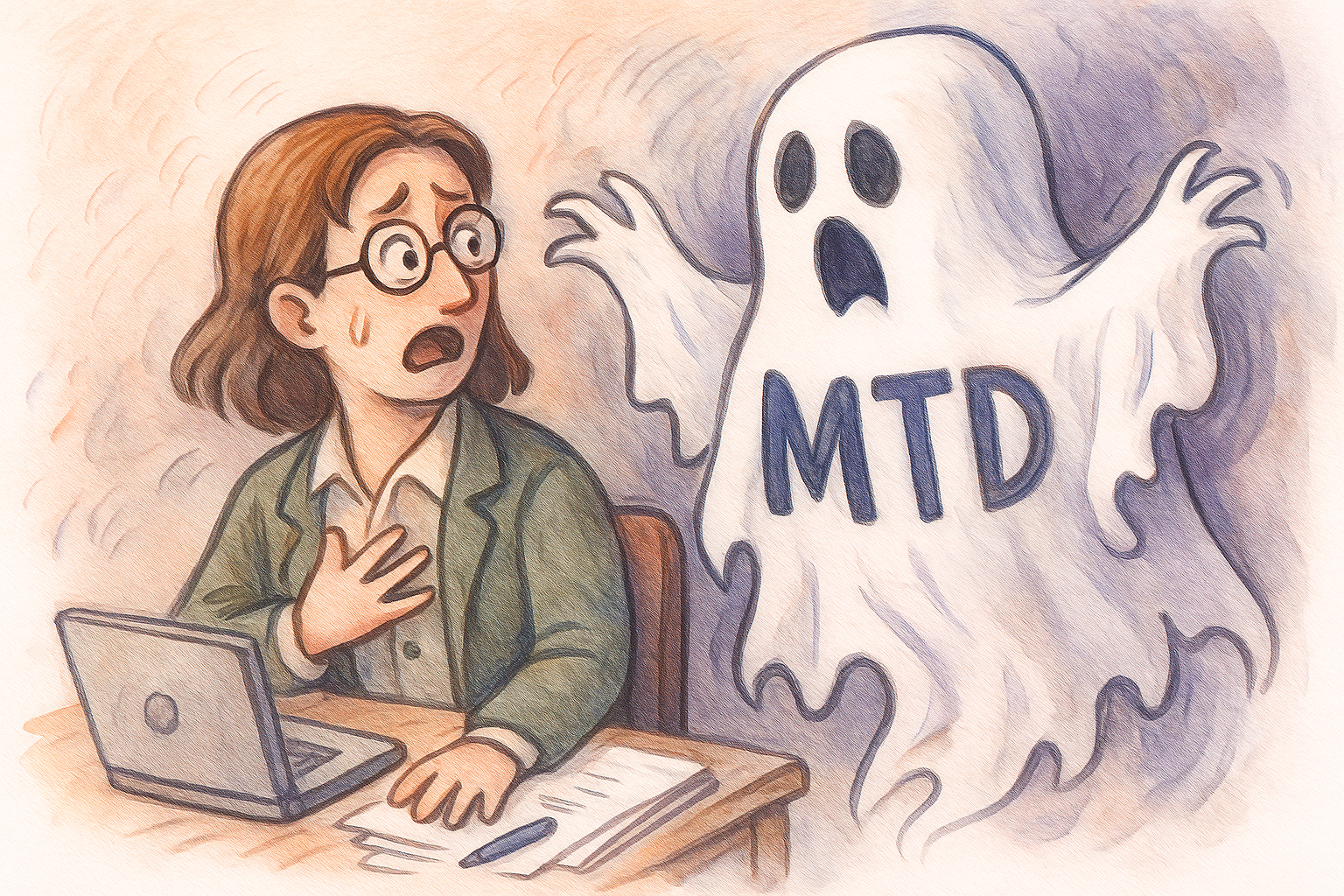Mind the Talent Gap!
The Difference Between Motivating & Demotivating Factors
Employee retention remains a critical concern for UK accountancy firms, with a recent report suggesting 67% of firms ranked talent acquisition and retention as their top priority.
While competitive salaries and benefits are essential, they often serve as temporary fixes rather than long-term solutions to employee dissatisfaction. To effectively address retention challenges, it’s crucial to delve into the intrinsic and extrinsic factors influencing employee motivation and satisfaction. This is where the phrase ‘mind the talent gap’ comes into fruition.

Understanding Intrinsic and Extrinsic Motivation
Motivation in the workplace can be broadly categorised into two types:
Extrinsic Motivation: Driven by external rewards such as salary, bonuses, and other tangible benefits.
Intrinsic Motivation: Stemming from internal factors like personal growth, recognition, and a sense of achievement.
While extrinsic factors can prevent dissatisfaction, they don’t necessarily enhance job satisfaction or motivation. This distinction is central to Herzberg’s Two-Factor Theory, which posits that true job satisfaction arises from intrinsic factors, whereas extrinsic factors (hygiene factors) merely prevent dissatisfaction (providing their adequate).
One way to think about this, is if you had a job where you had no respect, where nobody listened to you or valued your opinion, where you received no recognition for work that was boring and unsatisfying … but you were paid twice the market rate. How long would you stick-it-out for, before the money simply wasn’t enough?
Or, as one famous Australian character put it: “You can live on it, but it tastes like s###!”
The Limitations of Extrinsic Rewards
Relying solely on extrinsic rewards to boost employee satisfaction can be short-sighted. Research has always indicated that while fair compensation is necessary, it rarely ever leads to sustained job satisfaction or loyalty. Whilst such studies into employee motivation have always found that intrinsic factors, such as opportunities for advancement and recognition, play a more significant role in fostering job satisfaction.
Intrinsic Factors: The Key to Long-Term Satisfaction
To cultivate a motivated and committed workforce, accountancy firms should therefore focus on enhancing intrinsic motivators:
- Opportunities for Advancement: Providing clear career progression paths can significantly boost employee morale and commitment.
- Recognition and Achievement: Acknowledging employees’ contributions fosters a sense of value and belonging.
- Meaningful Work: Assigning tasks that align with employees’ skills and interests enhances engagement and satisfaction.
Implementing these strategies aligns with Herzberg’s assertion that job enrichment leads to higher motivation and job satisfaction. Sounds easy right … not always, so what can you do in practice?
Practical Steps for Accountancy Firms
1. Job Enrichment: Redesign roles to include more variety of tasks, especially focusing on those which individuals actually enjoy and will increase the meaningfulness of work.
2. Professional Development: Invest in training programs that allow employees to acquire new skills and advance their careers.
3. Recognition Programs: Establish systems to regularly acknowledge and reward employee achievements.
4. Autonomy and Responsibility: Empower employees by granting them more control over their work and decision-making processes.
Conclusion
With the recent UK Budget 2025 and the tougher economic environment we find ourselves in, addressing extrinsic factors like salary is even harder to do, if at all. So, by addressing the intrinsic factors, accountancy firms may be able to create a more satisfying and motivating work environment, leading to improved employee retention and overall practice success.
In conclusion, whilst competitive salaries are important, alone they are not sufficient to ensure long-term employee satisfaction and retention. Focusing on intrinsic motivators, as highlighted by Herzberg’s Two-Factor Theory, offers a more effective and sustainable approach to fostering a committed and motivated workforce. In practice, technology is going to be a key enabler for this, especially enrichment and development, combined with some fresh new ideas for engaging and empowering your people – and if you’re unsure, start by asking them what they think.




Leave A Comment